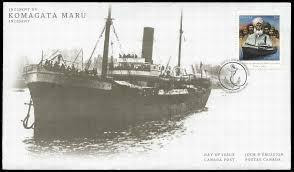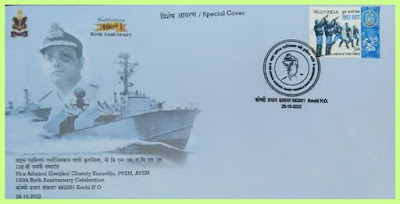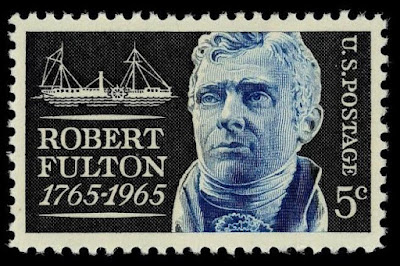Borrowed from French paquebot (“mailboat”). First used in Great Britain in 1894, the term was adopted for general use by the Universal Postal Union in 1897.
A postal marking or cancellation stamped on mail posted at sea or in a harbour for processing by the postal authorities at the next port of call. Mail so marked in one country will often carry the stamps of another country.
The word would typically be stamped in upper case, PAQUEBOT, on the postal item, but when described in text would be written with a capital P only, eg, Paquebot.
If you are aboard a ship on the open sea, the deck you are standing on is the territory of the country under which flag the ship sails. This means, if you write a letter on a ship in international waters, you are able to use the stamps of the country of the ship. Additionally the officer can hand over the mail to the local post office at any port anywhere in the world and the mail will be delivered without additional charge.
To mark such a special letter as such, Paquebot cancellations are used.
Here we can see three other forms of paquebot marking. 'LOOSE SHIP LETTER' was marked at Melbourne from 1894 to 1930.
'PAQUETE = BOTE' was marked at port Davao, St. Cruz Isles in 1929. 'PACKET-BOAT originated at Honolulu in 1903.
We find 'Posted on Steamer', 'Ship Letter', 'Packet-Letter', 'Piroscafo', 'Paqu', 'Parquet', 'Ship Mail', 'Vapor', 'Paquebot ou Navire', 'Paq.', 'Steamboat', 'Fra Skib', 'Skibsbrjef', 'Schiffsbrief', 'Paquete', etc. etc....











































